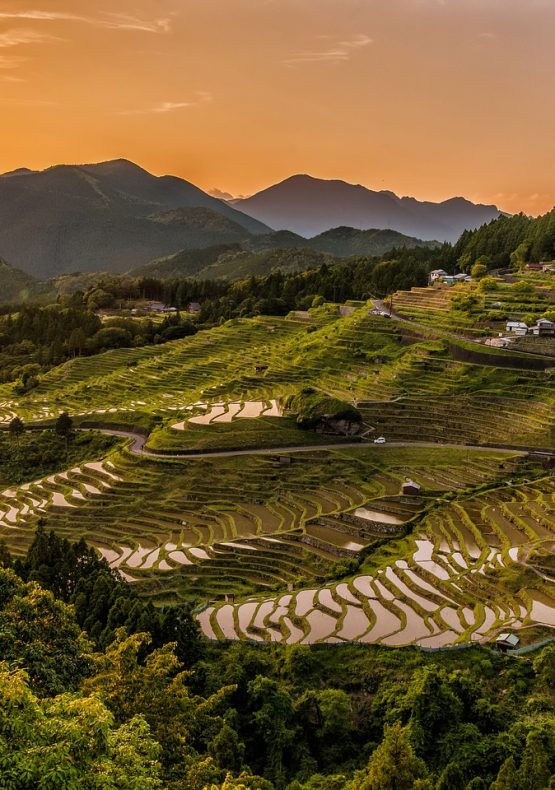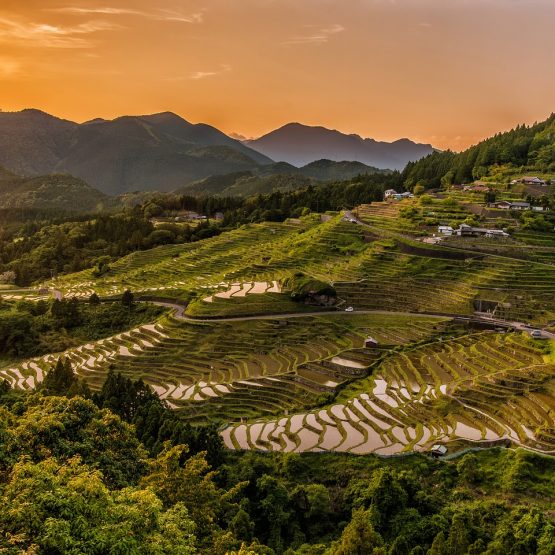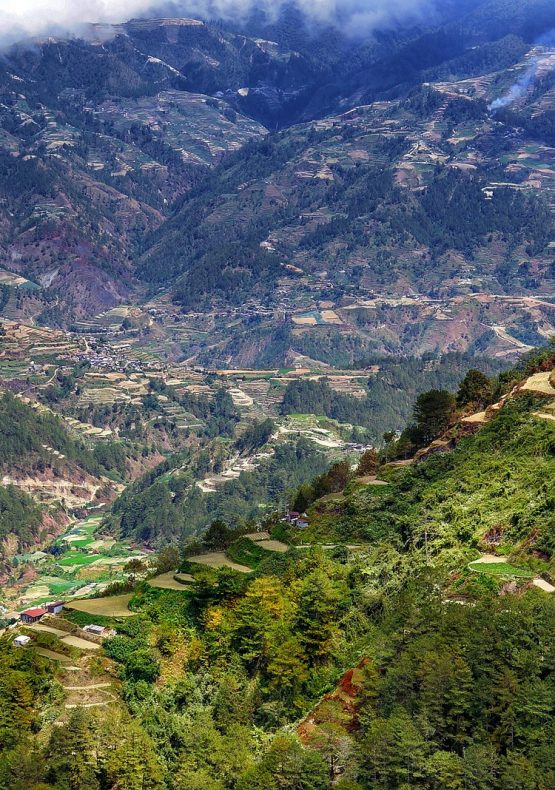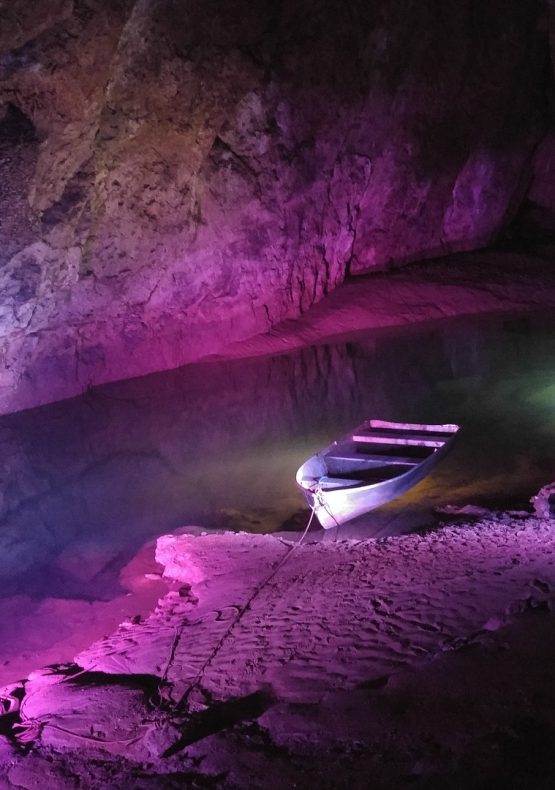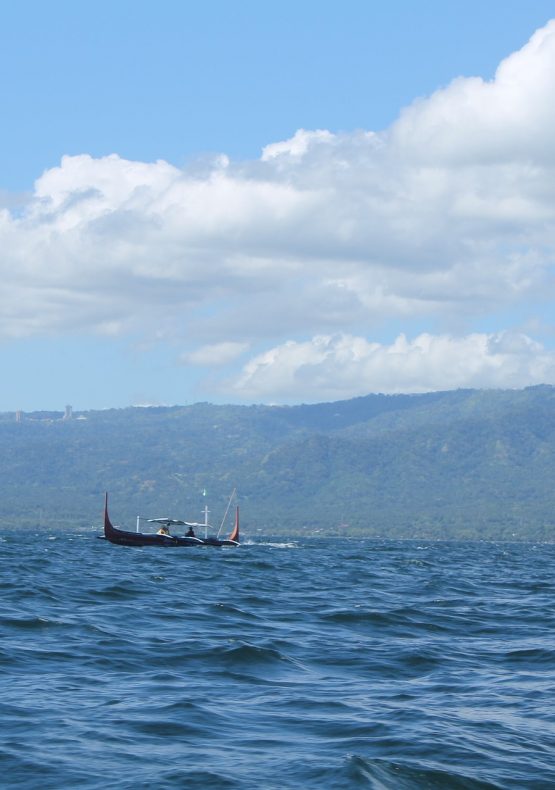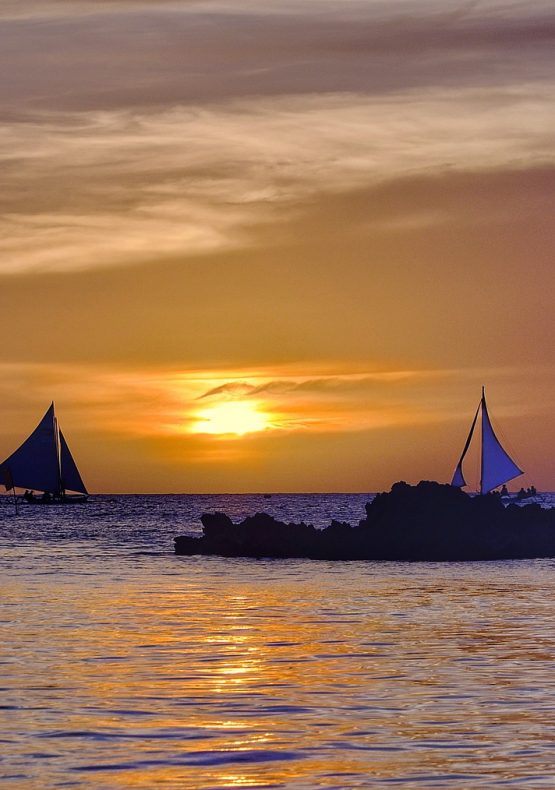Destination highlights
In the north of the Asian archipelago of the Philippines, the western Pacific Ocean and in the south-eastern region of Asia, in the province of Ifugao, are the spectacular rice terraces, among which those of Banaue, Batad and Bangaan stand out. This inscription has five sites: the rice terraces of Batad Terrazas, Bangaan Rice, Mayoyao Rice Terraces, Hungduan Rice Terraces and Nagacadan Rice Terraces in Kiangan, all of them in the province of Ifugao. Filipinos commonly known Rice terraces as the “Eighth Wonder of the World”. The best way to get from Manila, the capital of the country, is to take a night bus, which leaves at 10 o’clock at night from Cubao Station, and in about 10 hours arrives at the town of Banaue.
Declared a World Heritage Site by UNESCO, these terraces were built two thousand years ago by the local indigenous tribe of the Ifugao. It is a group of springs that distribute rainwater from subtropical forests, making it an excellent irrigation system that suppose a great work of engineering if they are taken into account the means of which presumably they had. They can be considered a perfect example of sustainability and use of the natural environment without altering it. Regarding the participation of the Ifugao people, they have used and maintained their infrastructure since then. The irrigation systems were planned from the very beginning and are basically streams guided by stone channels crossing from top to bottom to reach flooding of all the terraces.
[vidprofits id=”9″]
Travel tips
Although Banaue has lost its original appeal by virtue of the construction of modern buildings, it forms the entrance to this special landscape of rice terraces in the Philippines. The walk to the viewpoint to contemplate better this amazing landscape molded by the human being centuries ago lasts about four hours, through steep terraces from the town of Banaue. With its 1500 meters of height and more than 10 km² of mountain, the Ifugaos call this landscape “Stairway to the sky”. Leaving Banaue towards Batad, by jeep, the stop is established next to some houses with terraces on top of a hill. After the small ascent both from the road itself and from the terraces of these houses you can see the most famous of the postcard images of these rice fields.
It is the gigantic amphitheater of Batad; without a doubt, it is the most photographed spot in the whole region of the rice fields. Then begins a descent of more than an hour walking along the edges of the terraces and arriving little by little until each wall of the same, always impacted by the beauty of this natural setting with that touch of the man of the Ancient Age. Another tourist place of similar landscape, very close to Banaue is Batad. There is a newly built road, which allows you to reach one of the most spectacular rice terraces in the world.
On the way, you can locate with the guidance of the guide, a mountain that leads to a beautiful waterfall where visitors can cool off from the sweltering heat with cold water coming down from the mountains. You can swim, but not before receiving a warning from the guide about not getting close to the waterfall, which has already claimed the lives of several careless tourists. This place represents the objective for those travelers who seek tranquility and a little coolness in a hot country. Without vehicles and electricity from solar panels, little by little tourism has been establishing in this secret place for many tourists worldwide.
It is worth noting that Batad is not exactly the place to visit for those who are looking for party nights, at 8 o’clock in the afternoon, people are already preparing to sleep. At the moment still they fulfill agricultural functions, fundamentally like rice fields. Nevertheless, the reality is that they are in danger and suffer numerous fractures being tourism itself one of the main harmful agents. In addition, they must face earthquakes and typhoons, for which their maintenance must be very careful; besides that, their land is not as fertile as that of the plains, they require less work and are very productive.
[vidprofits id=”10″]
Another phenomenon that arises is that many natives have been leaving agricultural work little by little to devote themselves to the tourism and hospitality, leaving the sense of these terraces to drift. Following the route, after leaving Batad, a road begins towards the town of Campulo. The first half of the road flows through a closed path that almost does not allow seeing any landscape, while in the second part you can enjoy some more vision, to conclude in a small canyon where Campulo is located. This part is very beautiful because the last kilometer is done walking along the edges of the rice fields themselves, which lasts a total of just over two hours on the road. Some tour operators include meals in private homes in their program. The objective is to spread the Ifugao culture among visitors.
For this reason, while waiting for the preparation of the meal some hosts include an explanation about the traditional type of housing. It is even possible, in some houses, to try out the native costumes of which they keep several pieces, looking for the visitors to know closely a part of their culture as it was lived by their ancestors. The wonderful thing about this place is that after more than 2000 years, many locals continue sowing in the spaces originally intended for it and that continue to be productive both in rice and other vegetables, although the crops are not as numerous due to the erosion of the terraces.
Hotel recommendations
Some accommodation options in the area are: Rice Homestay, Bogah Homestay, Hiwang Native House Inn & Viewdeck, Native Village Inn, Banaue Evergreen Hostel and Restaurant, Batad View Inn and Restaurant, Banaue Sunrise Guest House and Highland Inn and Restaurant.
[vidprofits id=”14″]

